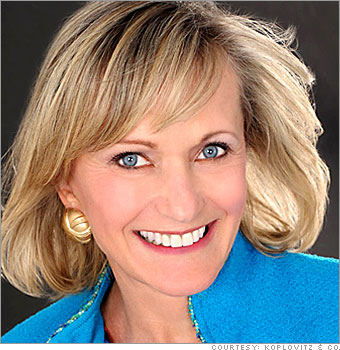 |
| ( Credit: TED ) |
Her father was a Czech Jewish diplomat. Adolf Hitler's actions forced the family out of their homeland and they lived in England during World War II. After the Nazis lost, the family could return to Prague and then moved to Belgrade, Yugoslavia. They had to leave again due to the Communist regime of Czechoslovakia. Then, the family sought political asylum in United States. Ms. Albright was eleven at that time. Nobody could have foretold that the foreign girl who came to New York in 1948 will be US Secretary of State in 1997. Her appointment as the Secretary of State marks a moment in US history not just because she was a woman but that she outshone the tags of both 'foreigner' and 'woman'. It is not an easy thing to do in a country which has still not had a woman President even after more than 230 years of Independence.
In the session, I asked her what were the choice and obstacles in her journey. She said that she gave preference to her three daughters over her PhD which has resulted in a ten year gap between her career age and her chronological age. She also said that it was often women who were more judgmental of her. Every woman makes a choice between personal and professional life. And women make others, who have made a different choice from their own, feel guilty. The middle name of every woman is guilt. She also reiterated her iconic statement "There is a special place in hell for women who don't help other women".
Before becoming Secretary Albright, she served as the US representative to the United Nations for four years. When asked about her time at the UN, she said it is interesting to see how the international community functions. She also said that often decisions were not taken until the US participated in the discussion. In matters of intervening in other nations’ problems, US is in the position of “damned if we do, damned if we don’t”. “We are indispensable”. Because of human rights violation by leaders towards their populations, the US feels responsible to act in the interest of the people’s rights.
 |
| (Credit: All Things Green) |
During the session, one fellow who grew up in the US mentioned that she saw Secretary Albright on TV and wanted to be her. Another said that he first saw Secretary Albright on TV when she was imposing sanctions on India in 1998 after the nuclear test. Such is the varied life of a foreign policy specialist. Her story is yet another inspiration for Young India Fellows, one which is fodder for dreams that don't let you sleep.
For my previous posts about Kay Koplovitz's guest session or Young India Fellowship, click the link and scroll down http://lekhika-devu.blogspot.in/search/label/YIFP





